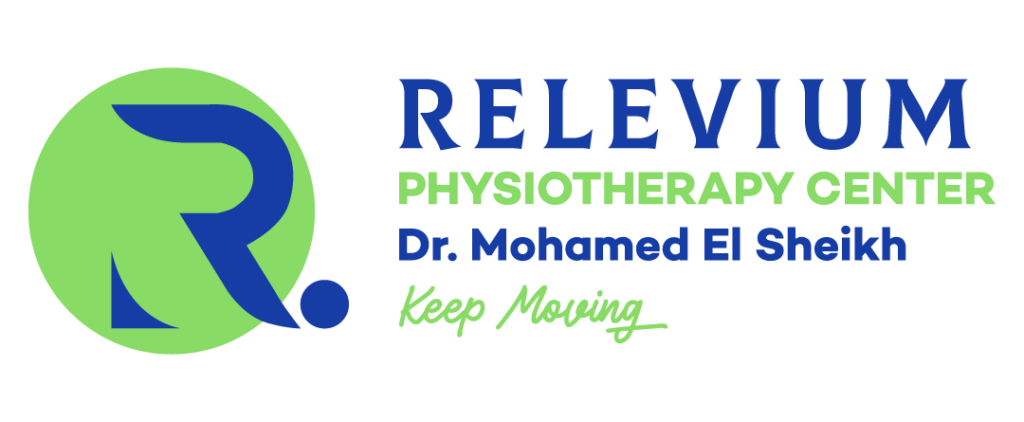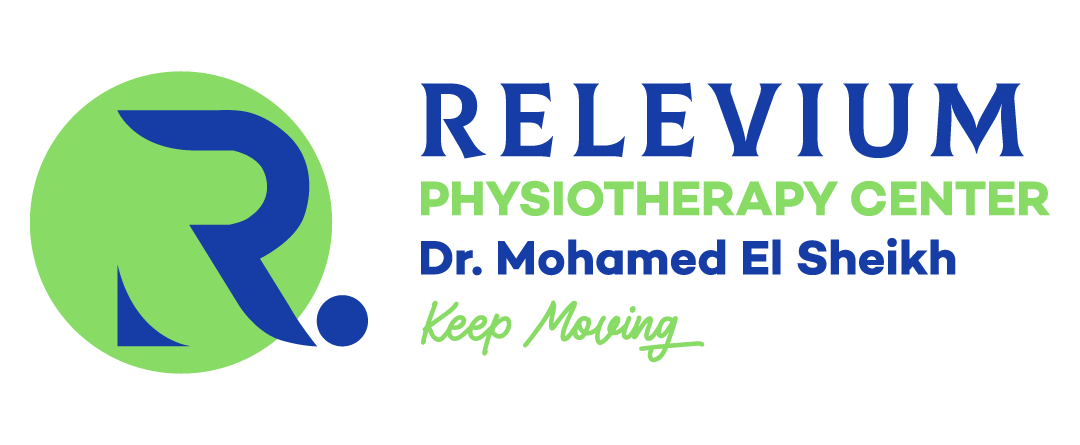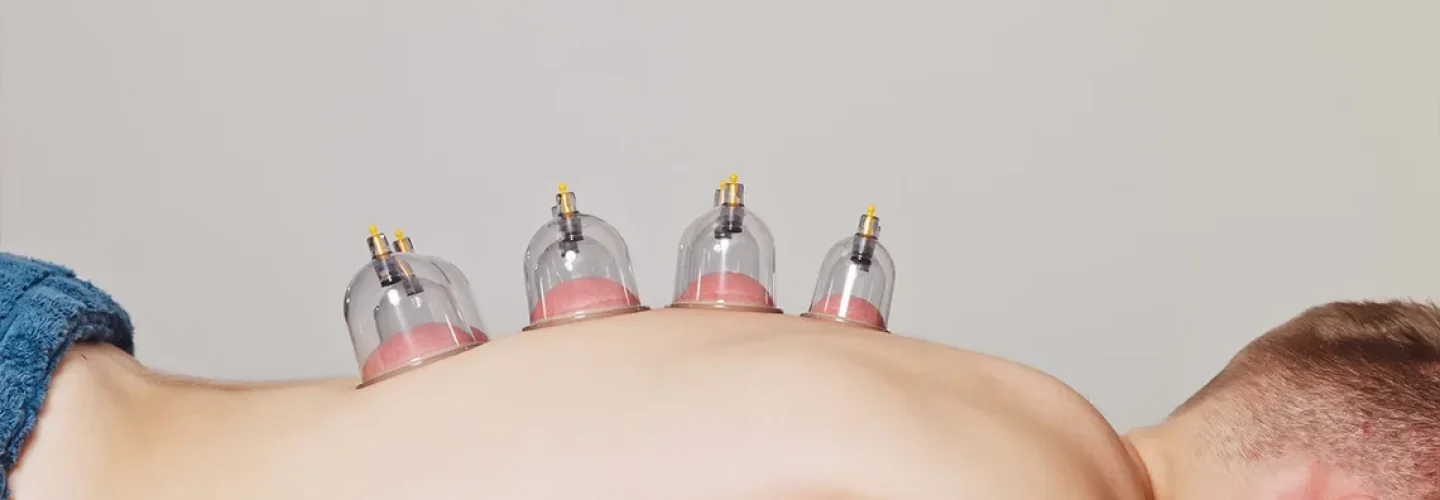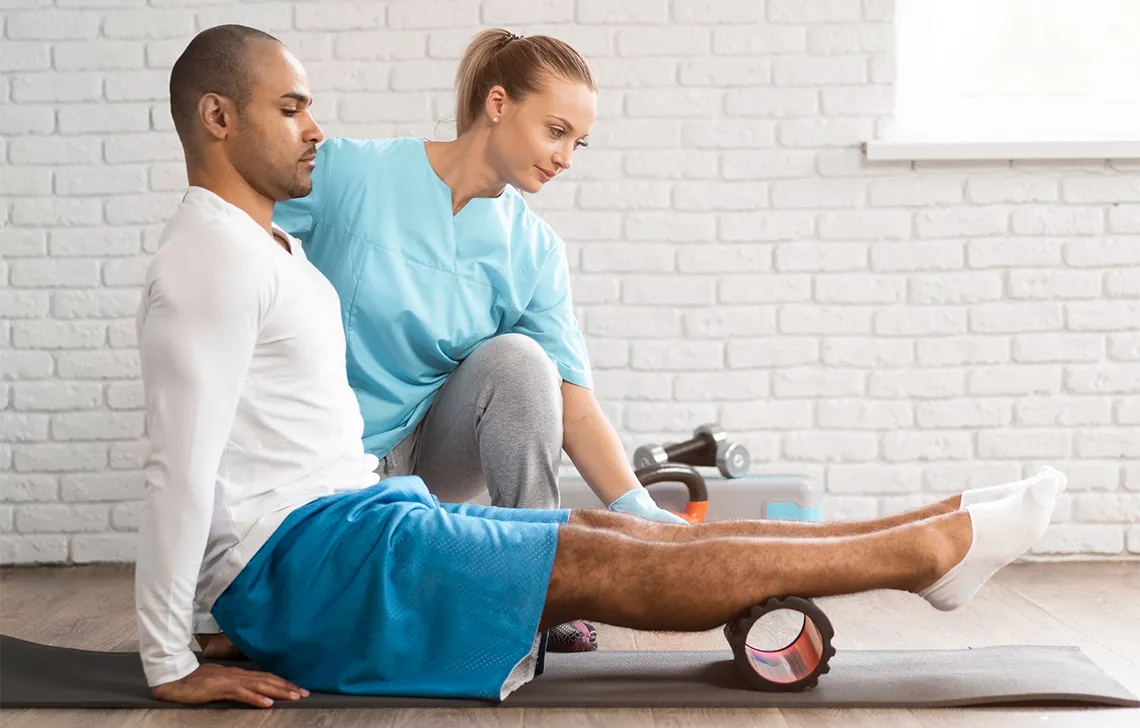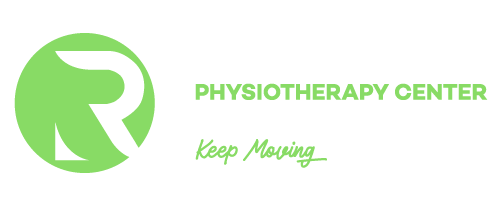Introduction:
Cupping therapy is an ancient healing technique that originated thousands of years ago in the Middle East and Asia. It involves using specialized cups to create a vacuum on the skin’s surface, drawing blood from the treated area.
How Does Cupping Therapy Work?
Cupping therapy is believed to work through multiple mechanisms, including:
- Improved blood circulation: Cupping therapy helps improve blood circulation in the treated area, enhancing the delivery of oxygen and nutrients to the tissues.
- Reduced inflammation: Cupping therapy is thought to reduce inflammation by stimulating the release of anti-inflammatory hormones.
- Pain relief: Cupping therapy helps relieve pain by stimulating the release of endorphins, the body’s natural painkillers.
- Detoxification: Cupping therapy is believed to aid in detoxification by drawing out “impure” blood.
Benefits of Cupping Therapy in Physical Therapy Centers:
Physical therapy centers offer cupping therapy as part of their diverse treatment services due to its numerous benefits, including:
- Muscle and joint pain relief: Cupping therapy has been traditionally used to treat muscle and joint pain, such as back pain, neck pain, and arthritis.
- Enhanced athletic performance: Some athletes use cupping therapy to improve athletic performance and reduce the risk of injuries.
- Promotes relaxation: Cupping therapy helps promote relaxation and reduce stress and anxiety.
- Headache and migraine treatment: Cupping therapy is used to treat headaches and migraines, especially when conventional medications are ineffective.
- Improved digestive health: Cupping therapy is believed to improve digestive health and treat certain digestive disorders, such as indigestion and constipation.
Risks of Cupping Therapy:
Cupping therapy is generally safe when performed by a qualified practitioner. However, it may involve some potential risks, such as:
- Pain and bruising: The needle pricks used in cupping therapy may cause some pain and bruising in the treated area.
- Dizziness and fainting: Drawing blood during cupping therapy may cause some individuals to experience dizziness or fainting.
- Infection: It is crucial to use sterilized equipment to prevent infections.
- Drug interactions: Cupping therapy may interact with certain medications, such as blood thinners.
Conclusion:
Cupping therapy stands as a traditional healing technique with a modern touch in physical therapy centers, offering various benefits for pain relief and overall health improvement.
It is essential to consult with a qualified healthcare professional before undergoing cupping therapy to ensure its suitability and prevent any potential risks.
